
- Home
- Photography Tours
- Diary / Blog
- Galleries
- Foreign Trips
- Tasmania 2016
- NE Queensland 2016
- Western Alps 2016
- NE Spain 2016
- Australia's Wet Tropics 2015
- Australia's Top End 2015
- SW Australia 2015
- Switzerland 2015
- Andalucia 2015
- Belize 2015
- Australia 2014
- Switzerland 2014
- Belize 2014
- Bahama Islands 2014
- Switzerland 2013
- Ecuador 2012-2013
- Florida 2011-2012
- Vancouver Island 2011
- Australia 2010
- Peru 2008
- Bulgaria 2007
- Lesvos 2006
- California 2006
- New Zealand 2005
- Extremadura 2005
- Goa, India 2004
- The Gambia 2003
- About
May 2012
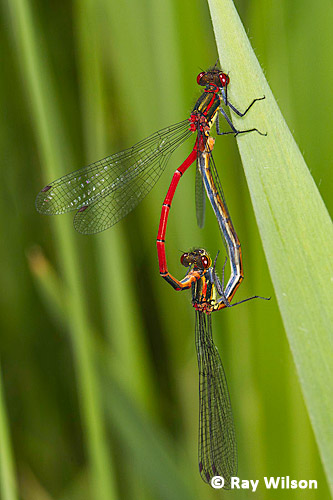
Large Red Damselfly (Pyrrhosoma nymphula) - Wicken Fen, Cambridgeshire
Once the weather eventually warmed up a bit, I spent most of my weekends in May down in Cambridgeshire photographing insects and flowers.
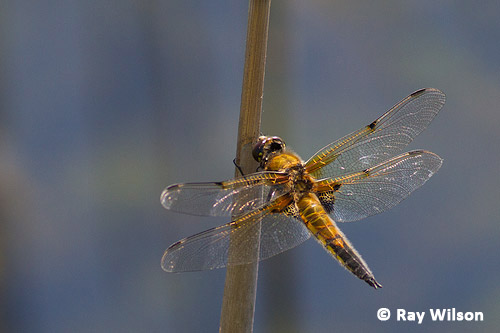
Four-spotted Chaser (Libellula quadrimaculata) - Wicken Fen, Cambridgeshire
My main targets were the early emerging dragonflies and damselflies. Species such as Large Red Damselfly, the first of the Odonata to emerge in the spring, and Four-spotted Chaser are very common and widespread species that can be found throughout the UK.
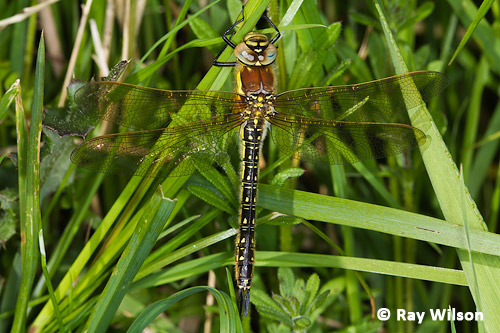
Hairy Dragonfly (Brachytron pratense) - Woodwalton Fen, Cambridgeshire
Hairy Dragonfly and Variable Damselfly have much more disjunct distributions and in Britain they are mostly confined to southern England and Wales, although they do also occur in a few sites in Argyllshire and Dumfrieshire in Scotland.
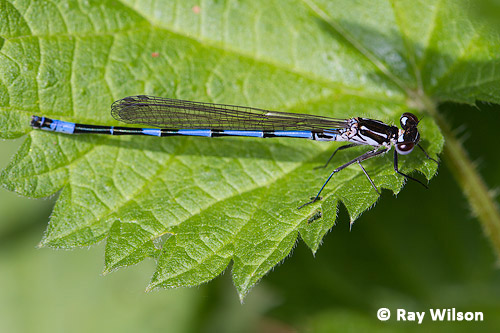
Variable Damselfly (Coenagrion pulchellum) - Woodwalton Fen, Cambridgeshire
The bright scarlet eyes of the Red-eyed Damselfly render the species unmistakable this early in the year. The only other British blue damselfly with red eyes, the Small Red-eyed Damselfly, doesn't begin to emerge until late June and early July.
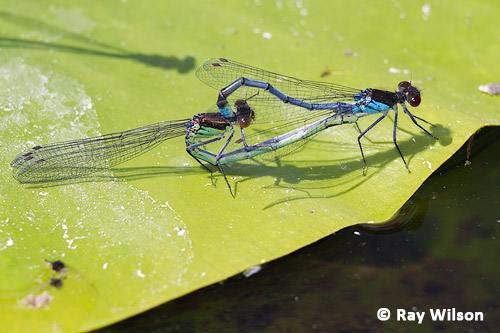
mating-pair of Red-eyed Damselfly (Erythroma najas) - Wicken Fen, Cambridgeshire
Woodwalton Fen was swarming with millions of mosquitoes in the cool, but sunny early morning. Luckily, Culex pipiens is not a particularly anthropophilic species so there wasn't too many attempting to suck my blood and I escaped with only a couple of bites.
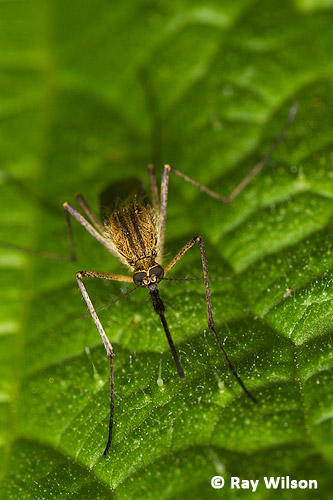
female Culex pipiens mosquito |
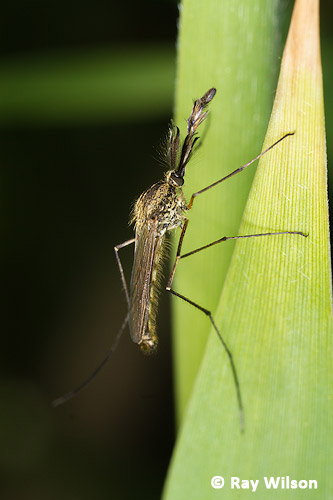
male Culex pipiens mosquito |
Alder Flies are common early spring insects around emergent vegetation. The 3 British species are inseperable without resort to microscopic dissection of their genetalia.

Alder Fly (Sialis sp.) - Woodwalton Fen, Cambridgeshire
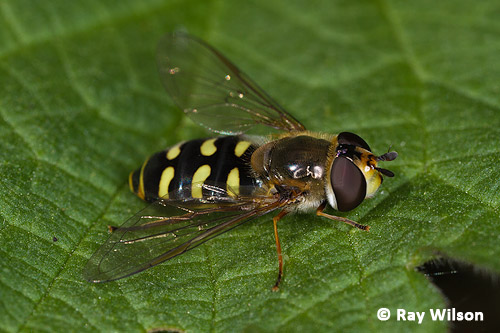
Scaeva pyrasta - Woodwalton Fen, Cambridgeshire
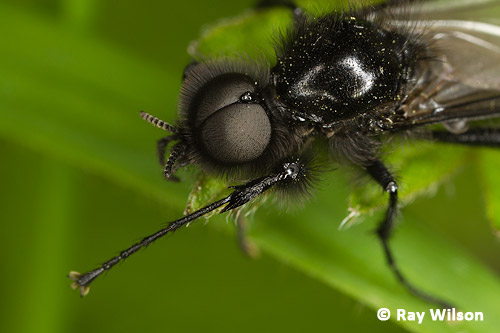
St. Mark's Fly (Bibio marci) - Woodwalton Fen, Cambridgeshire
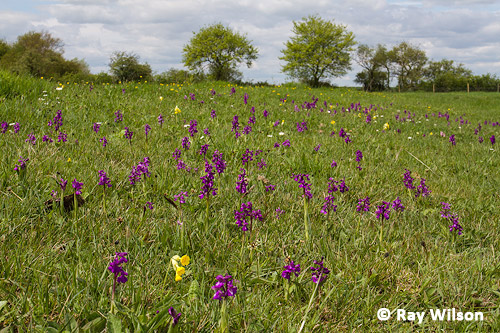
Green-winged Orchids (Anacamptis morio) - Upwood Meadows, Cambridgeshire
Also in Cambridgeshire was this beautiful meadow full of Green-winged Orchids. The green veins in the "wings" of the flower that give it its name are clearly visible in the photo below.
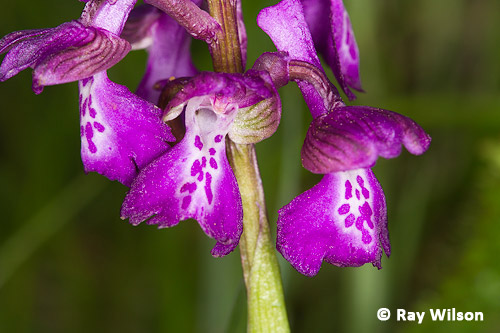
Green-winged Orchid (Anacamptis morio) - Upwood Meadows, Cambridgeshire
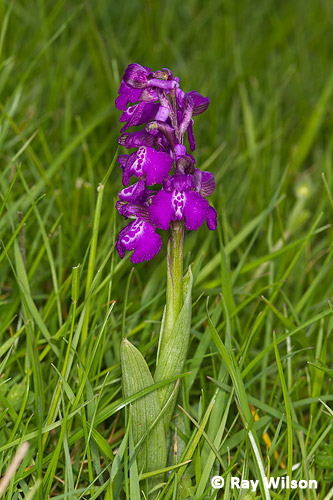
Green-winged Orchid (Anacamptis morio) |
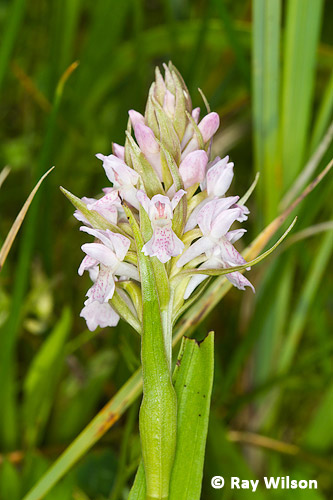
Early Marsh Orchid (Dactylorhiza incarnata) |
Moth-trapping continued to be very poor this spring. I ran my light trap only twice this month once the night-time temperatures finally crawled above 10°C and even then I only caught a total of 14 species of macro-moth.
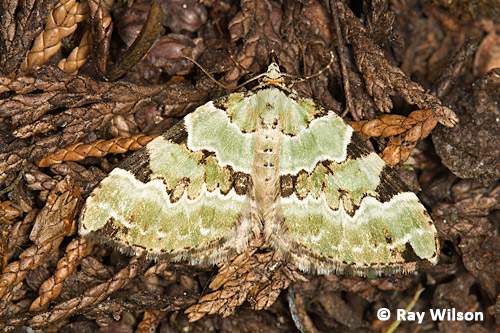
Green Carpet (Colostygia pectinataria) - Attenborough, Nottingham
Green Carpet and Common Swift were the most abundant macro-moths in trap with about 10 individuals of each on both of the nights I ran the trap.
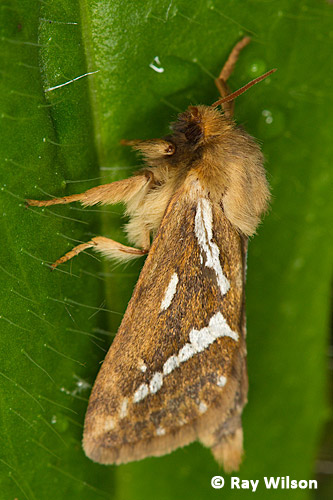
male Common Swift (Hepialus lupulinus) |
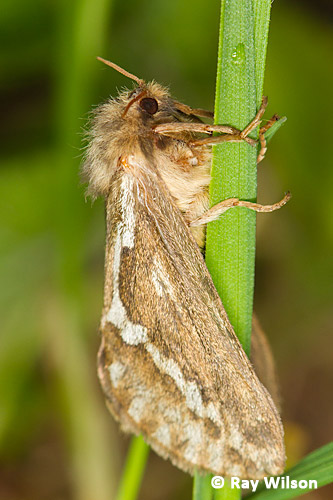
female Common Swift (Hepialus lupulinus) |
There was a better variety of micro-moths coming to the light with about 20 species in total.
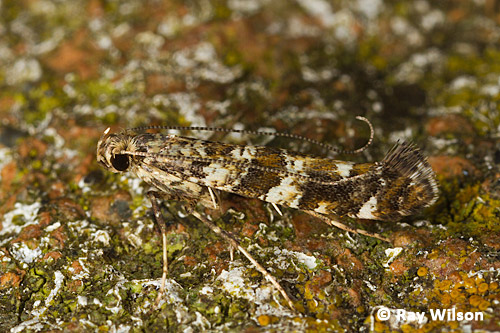
Caloptilia syringella - Attenborough, Nottingham
Caloptilia syringella is commonly found in privet hedges and it can be a garden pest as its larvae create mines within the leaves often turning large areas of the hedge brown.
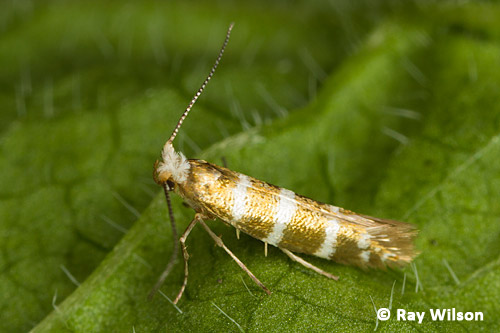
Argyresthia trifasciata - Attenborough, Nottingham
The tiny Argyresthia trifasciata was the commonest moth in the trap this month. It was first discovered in Britain in 1982 but has since spread widely and is strongly associated with gardens where its coniferous food plants, especially Leyland Cypress and junipers, are present.
Ray Wilson owns the copyright of all images on this site.
They may not be used or copied in any form without prior written permission.
raywilsonphotography@googlemail.com